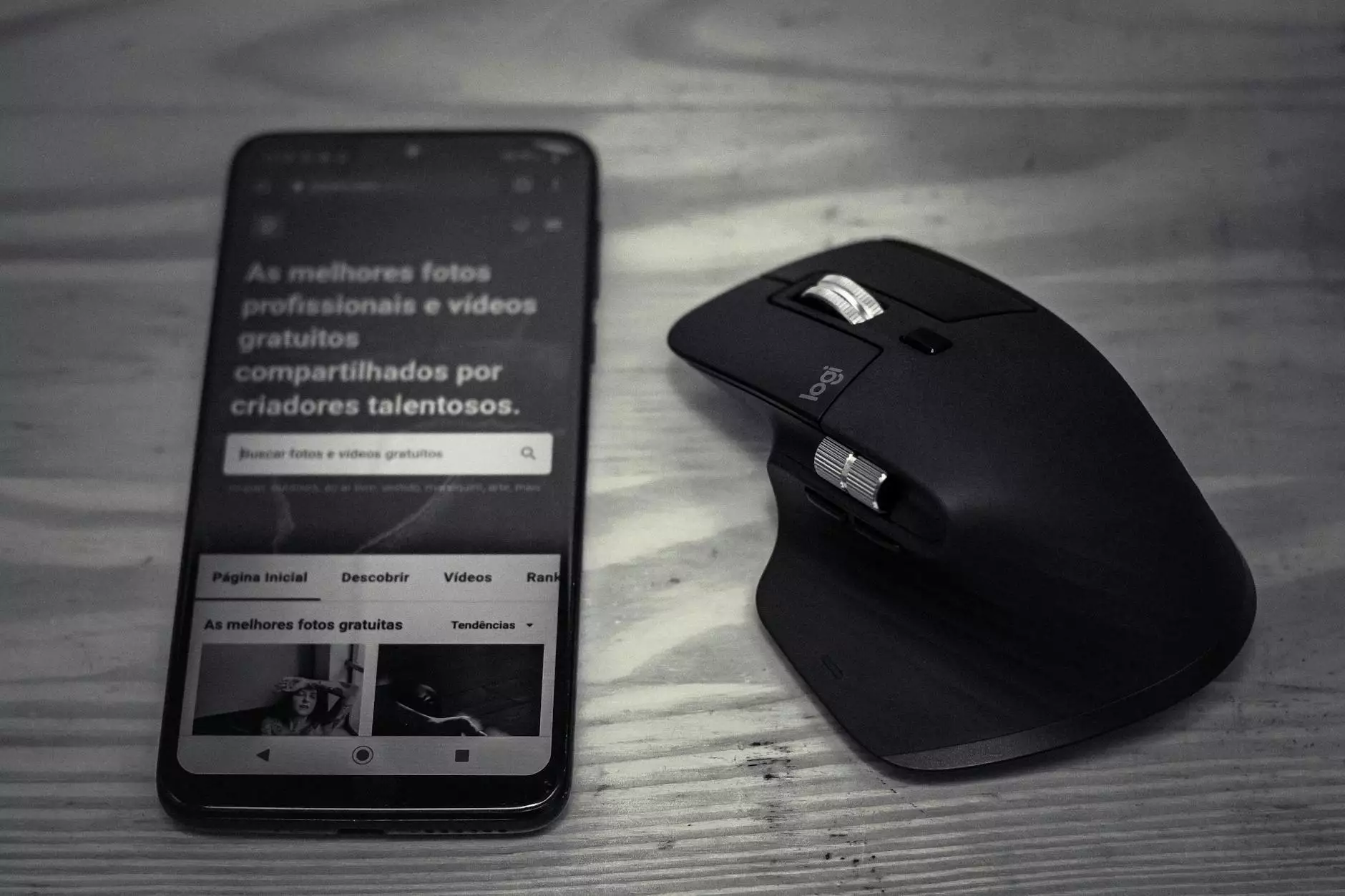Embedded Questions – Basic English Grammar Lesson
English Grammar Lessons
Understanding Embedded Questions
Welcome to NJCLT's comprehensive guide on embedded questions in basic English grammar. Whether you are a student learning English as a second language or a language enthusiast looking to enhance your grammar skills, this lesson will provide you with a deep understanding of embedded questions and their usage. Embedded questions serve as a fundamental building block in forming interrogative sentences.
What Are Embedded Questions?
Embedded questions, also known as indirect questions, are sentences that include a question within a statement or another question. They are typically used to report or ask about information in a more polite or indirect manner. Embedded questions often resemble declarative sentences rather than direct questions.
Usage and Structure
To form an embedded question, you typically start with phrases like "I wonder," "Can you tell me," or "Do you know," followed by the embedded question itself. The structure of embedded questions resembles that of declarative sentences, with the usual subject-verb-object order. However, the word order changes when forming a question.
Example:
I wonder what time the train arrives.
In the above example, the embedded question is "what time the train arrives." It functions as a noun clause within the sentence. Notice how the word order in the embedded question is the same as a declarative sentence, unlike a direct question.
Common Examples of Embedded Questions
1. Polite Requests and Inquiries
Embedded questions are frequently used to make polite requests or inquiries. They allow you to seek information in a more indirect and polite manner.
Could you tell me where the nearest post office is?
Do you know if the library is open on Sundays?
2. Reporting Speech or Thoughts
Embedded questions are also used to report someone's speech or thoughts. They help convey information relayed by others in a less direct way.
She said she didn't know when the meeting would start.
He wonders whether she will accept the invitation.
3. Expressing Doubt or Possibilities
Embedded questions can be employed to express doubt, uncertainty, or present hypothetical situations.
I'm not sure what he wants.
It's possible she knows the answer.
Mastering Embedded Questions for Effective Communication
Acquiring proficiency in using embedded questions adds depth and versatility to your language skills. NJCLT's comprehensive lesson ensures a thorough understanding of this fundamental grammar concept. By practicing embedded questions in various contexts and acquiring multiple examples, you'll gain the confidence to use them correctly in your everyday conversations and written communication.
Conclusion
Congratulations! You have successfully completed NJCLT's basic English grammar lesson on embedded questions. You now possess a solid understanding of their structure, usage, and examples. Keep practicing and applying this knowledge to enhance your language skills further. Stay tuned for more valuable lessons to elevate your English proficiency.










